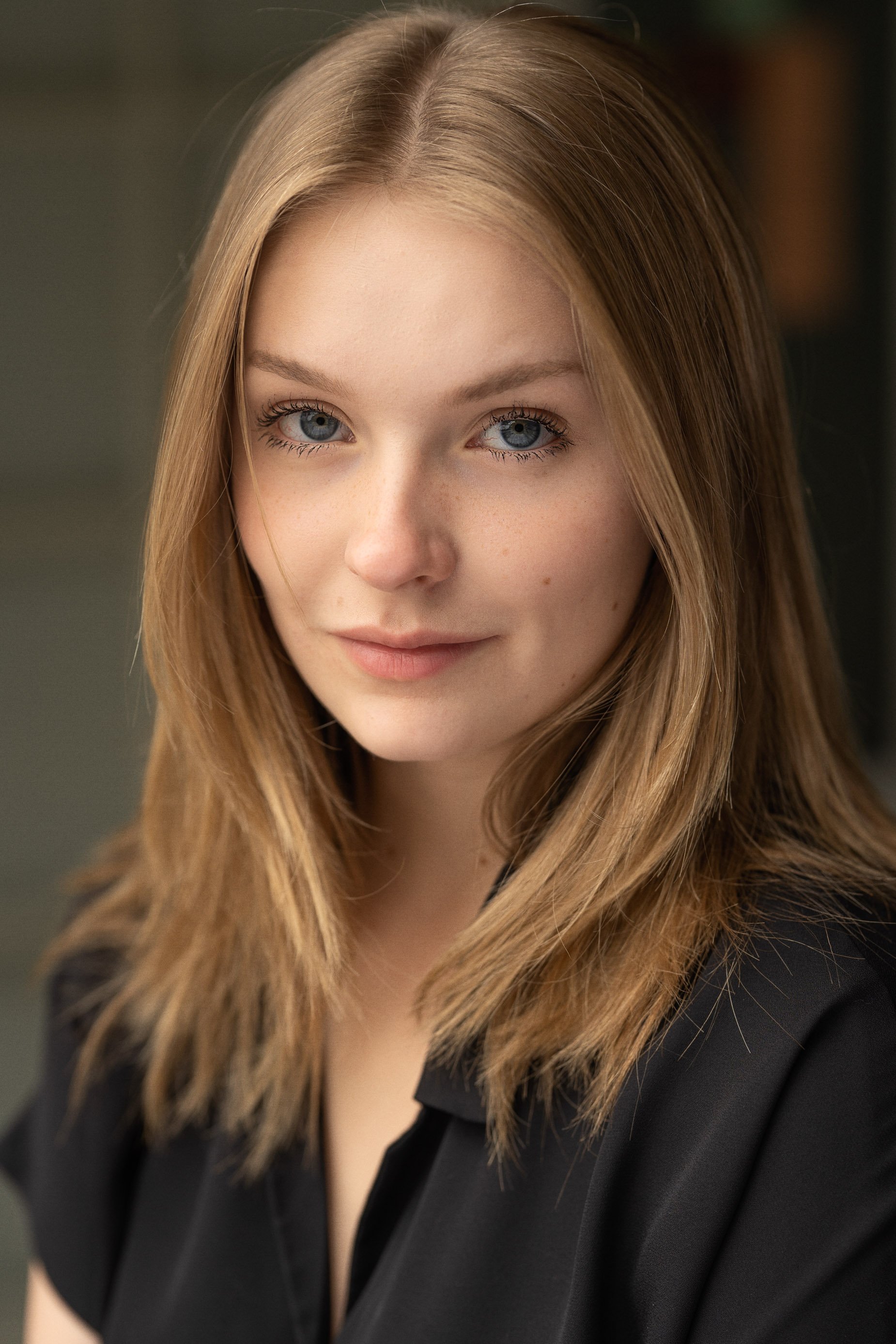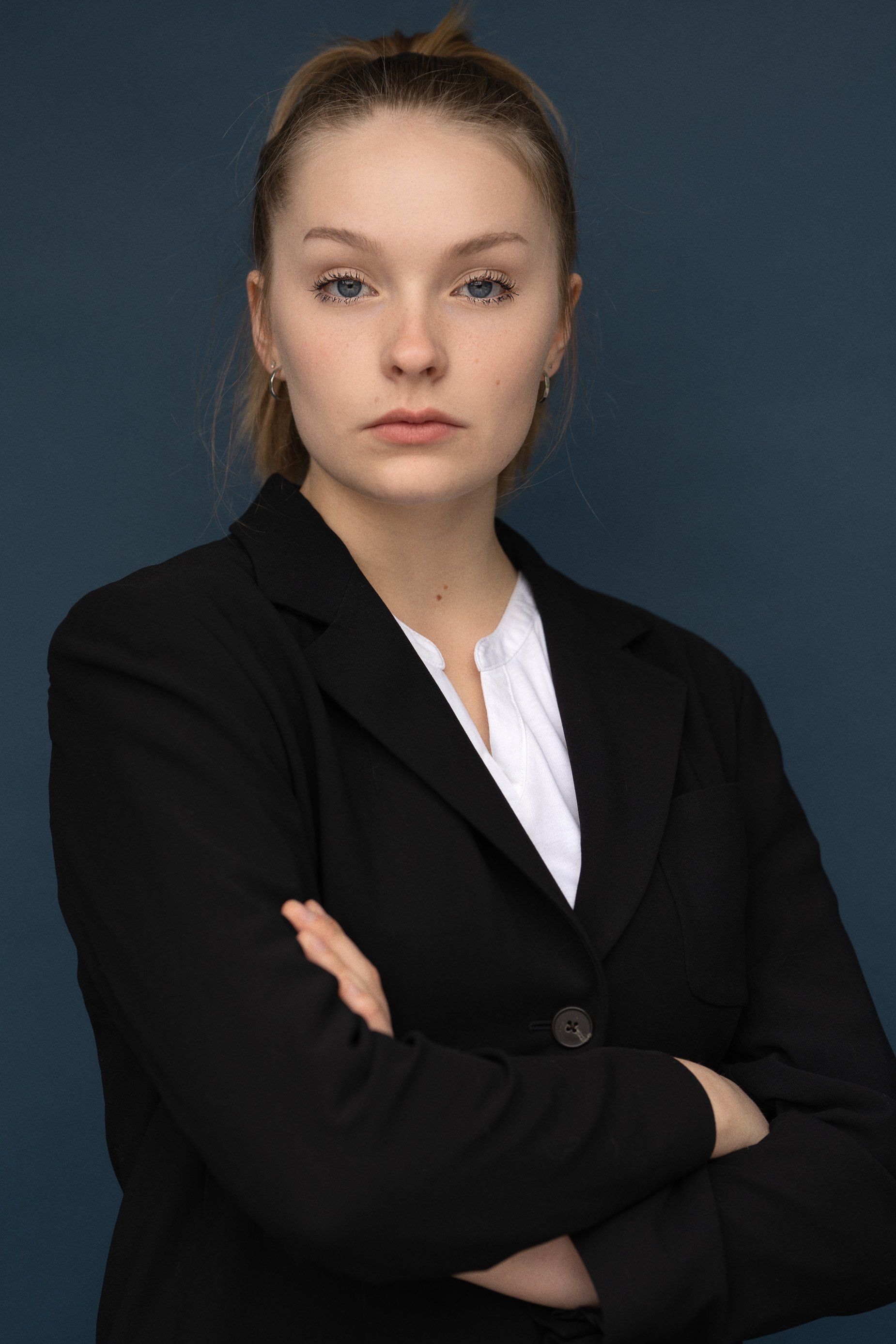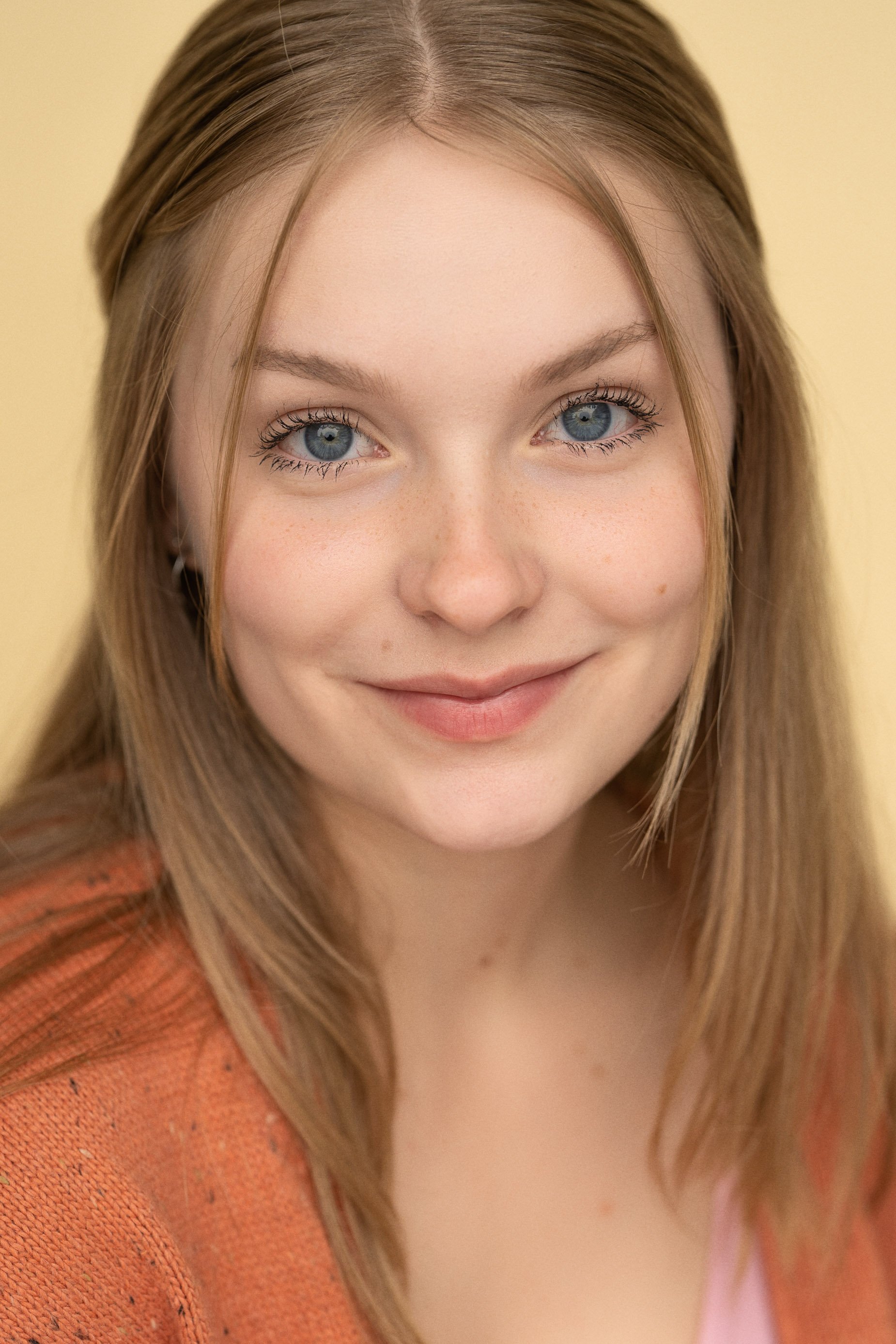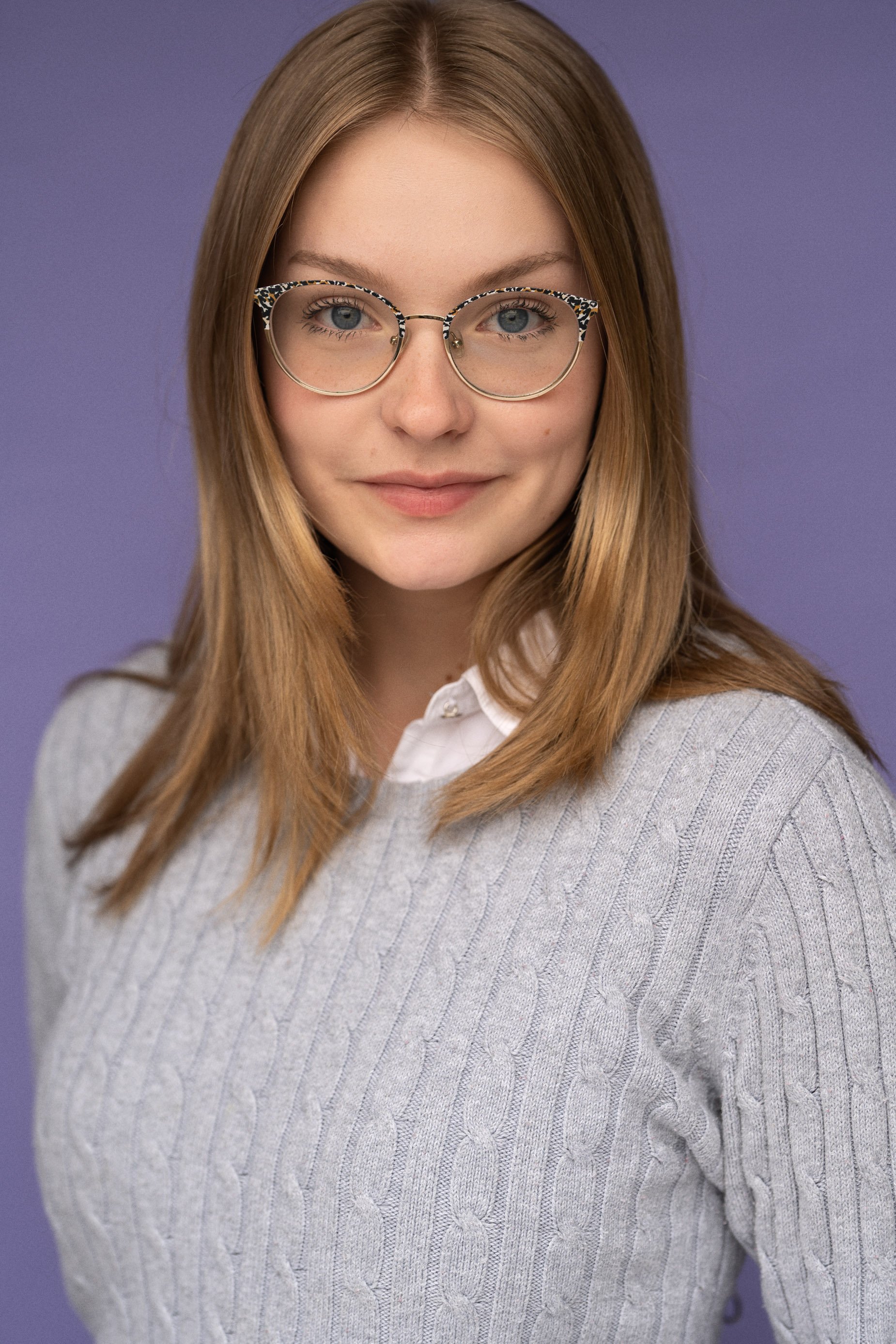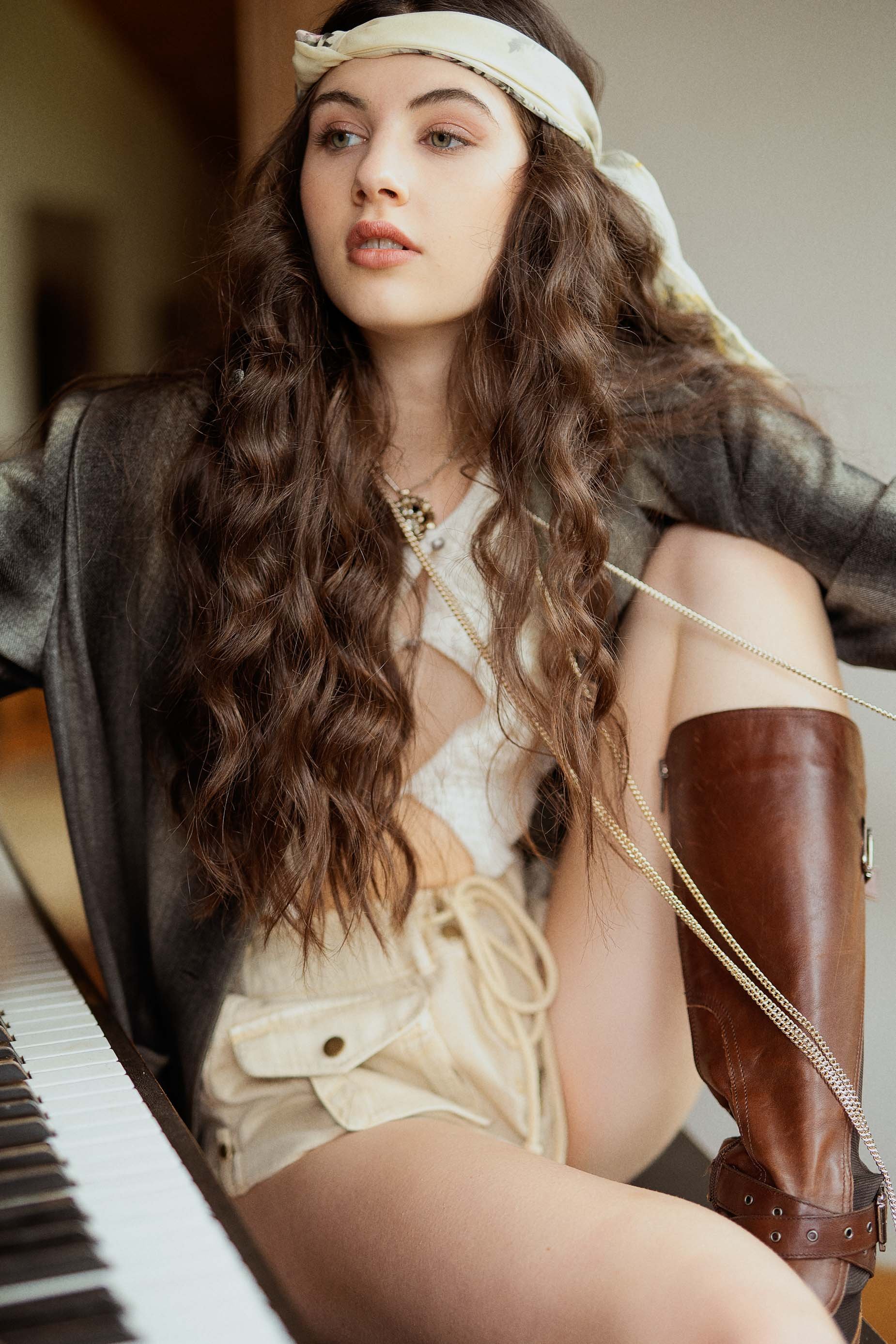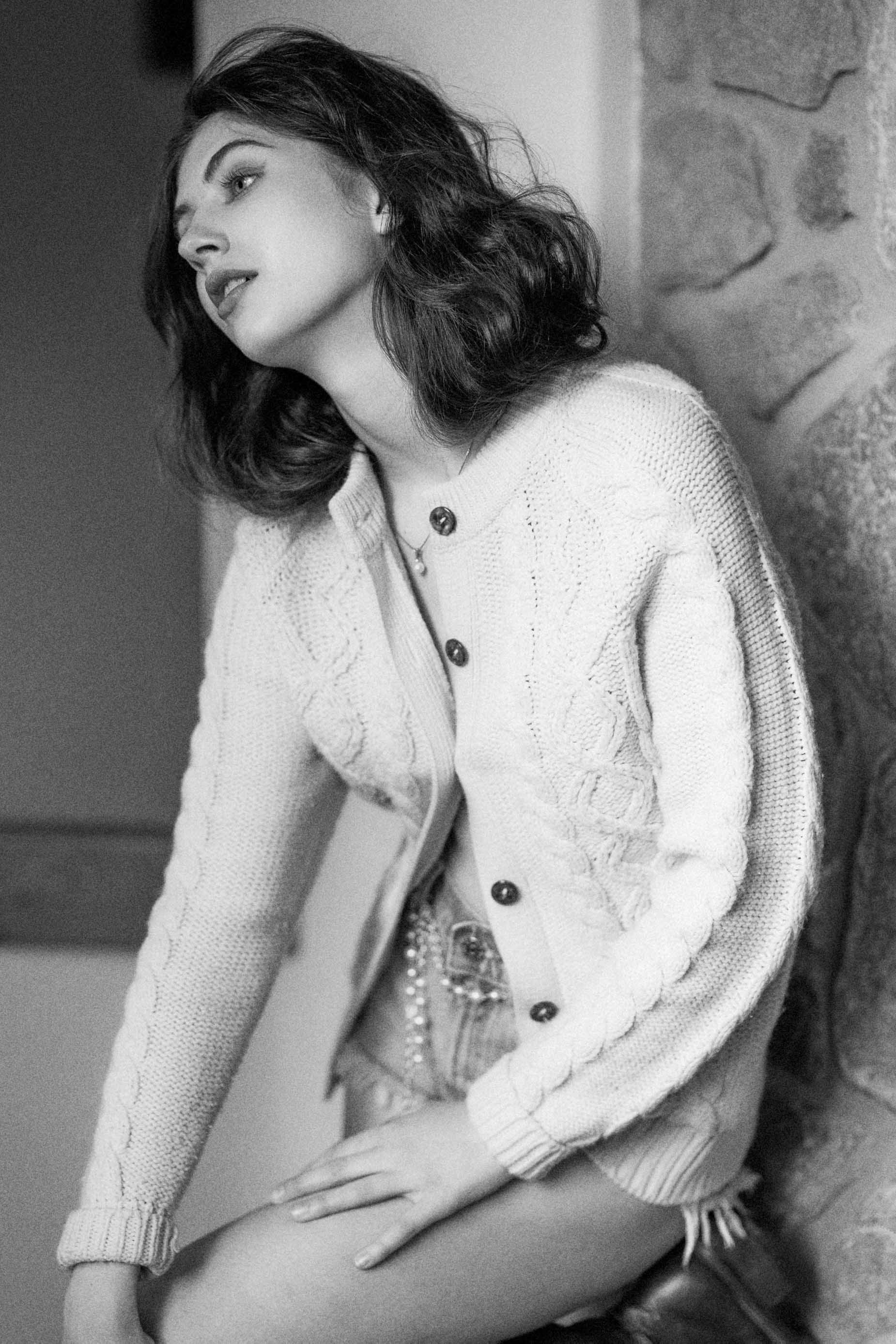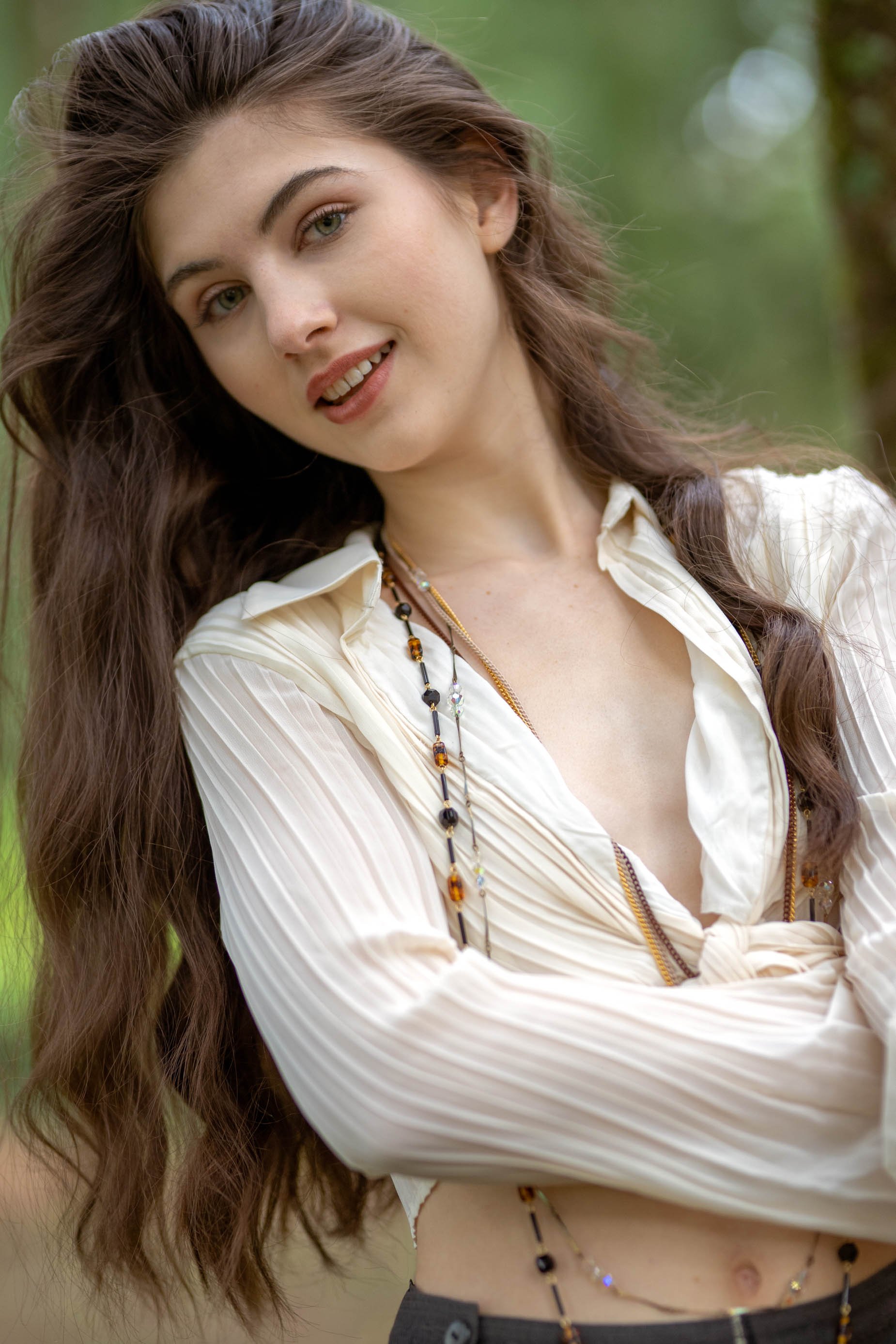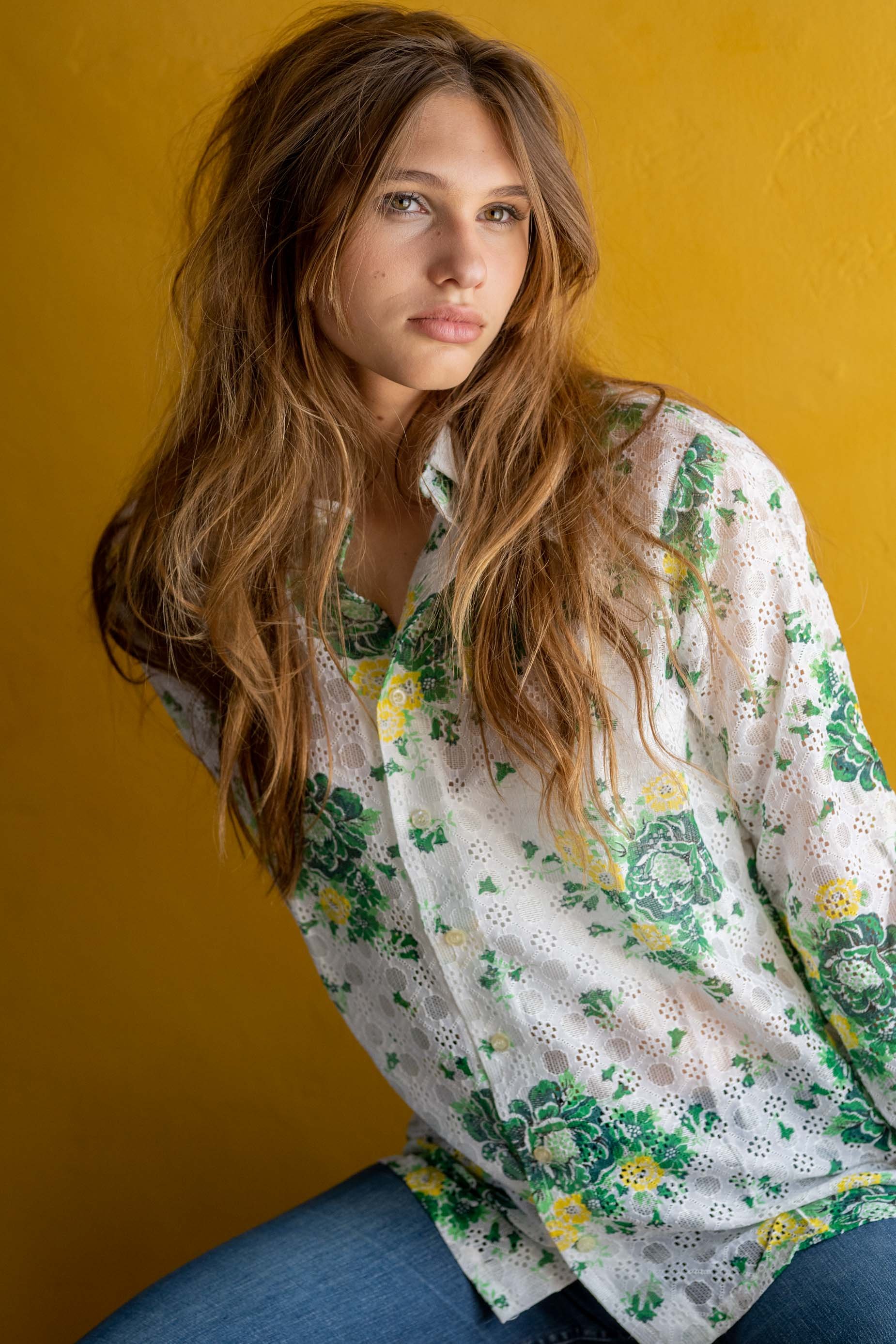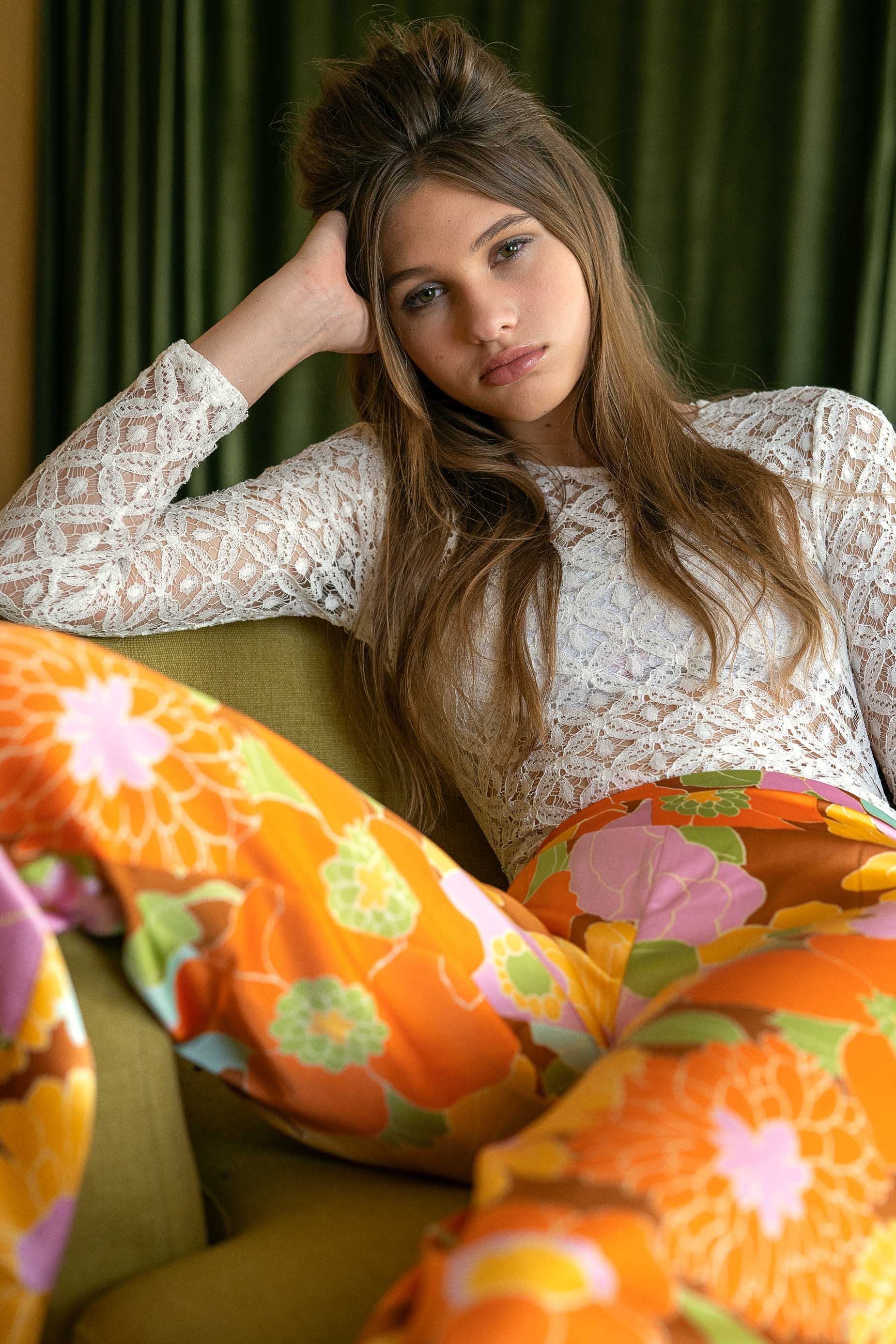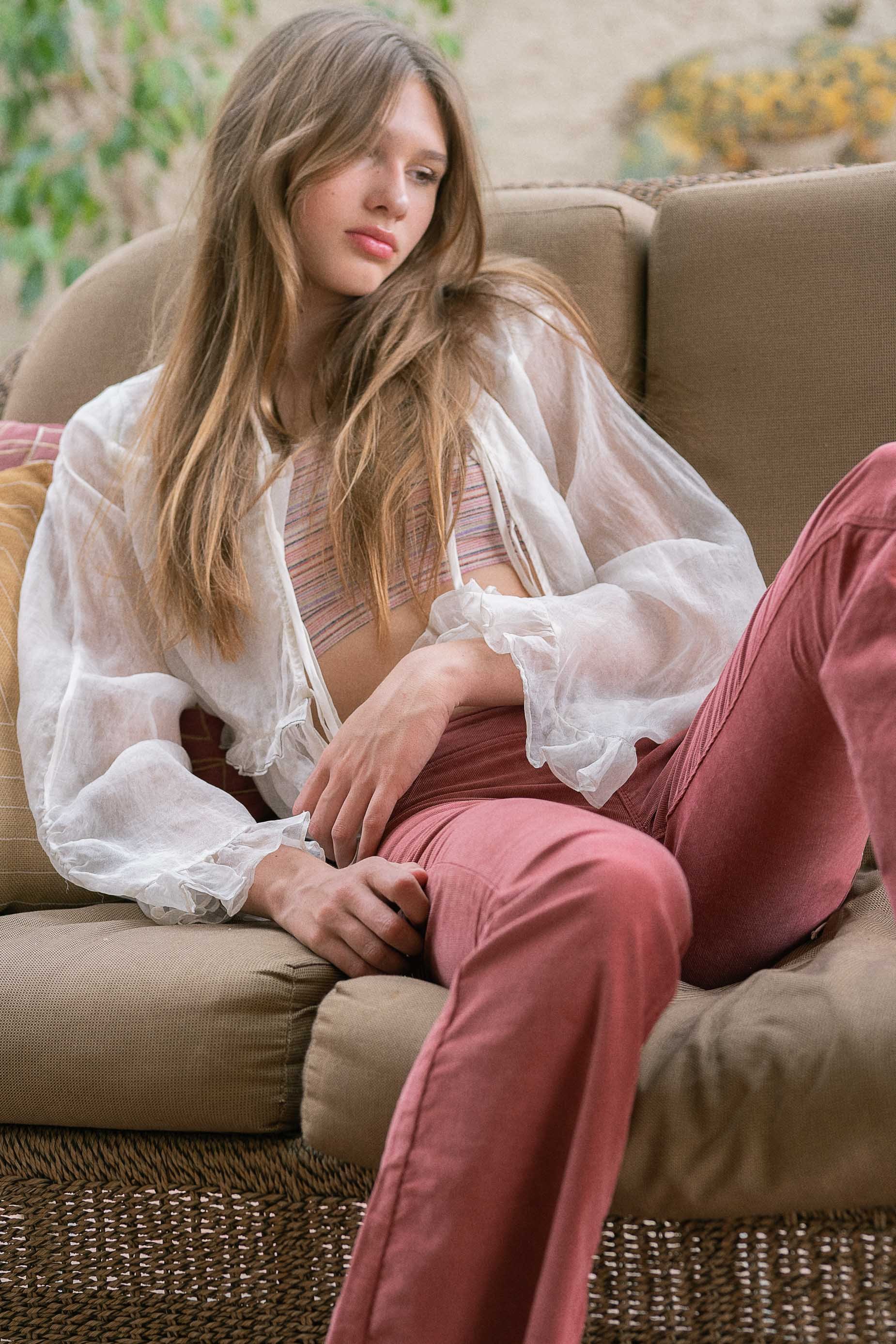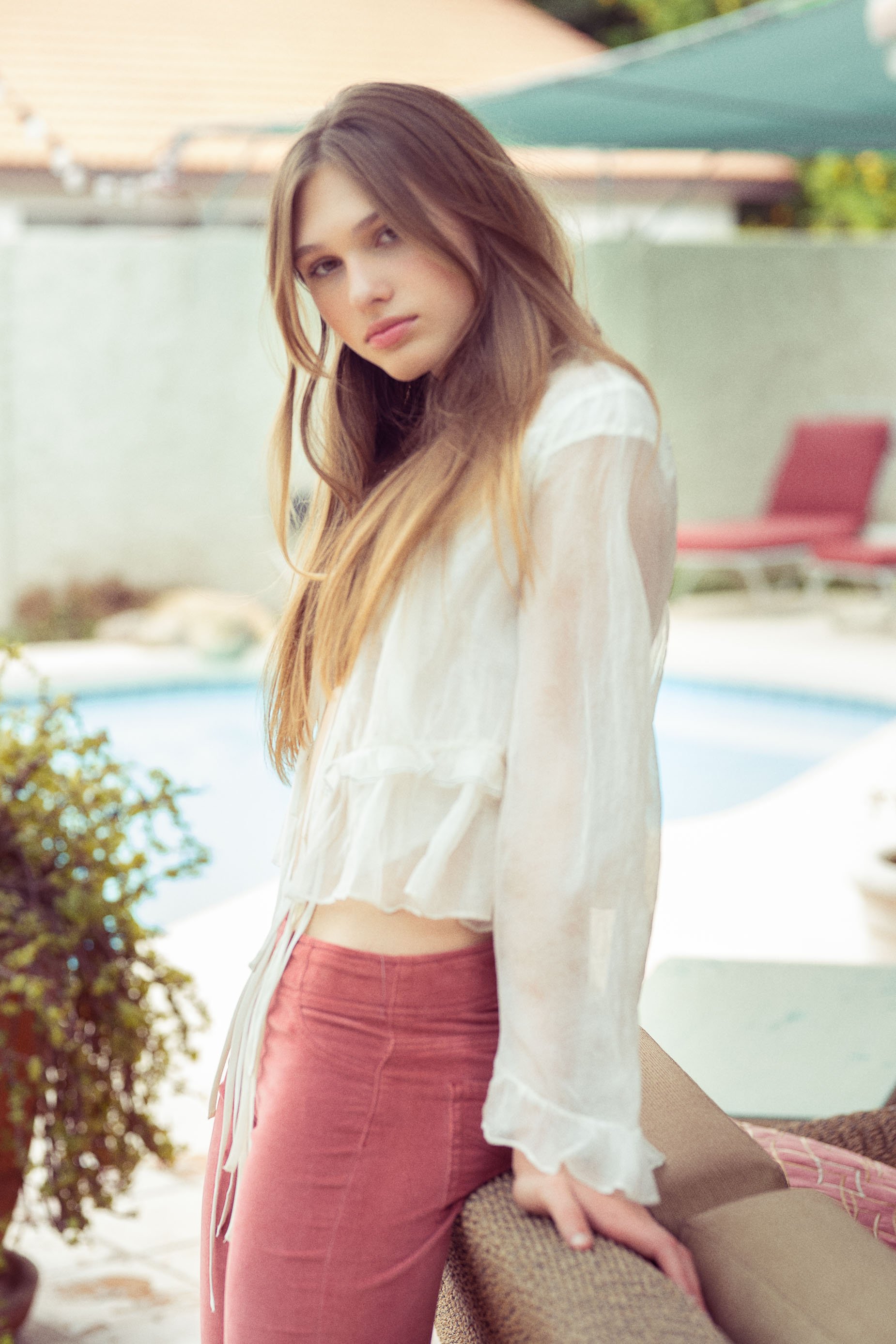In Portland, commercial bookings are the bread and butter of most working actors. For that reason, agencies will tell you a strong commercial headshot should be the core component of your portfolio. And we definitely agree!
We also know depth doesn’t hurt and, especially if you’re planning to expand outside the Portland market, having some additional looks in your book is a good idea.
Here’s a brief check-in on what a well-rounded headshot portfolio looks like:
Commercial
Commercial looks are bright and shiny and colorful and happy. You’re selling yourself as someone who can sell a product. Clothing is simple, smiles are big and eyes are bright. It all about “selling cereal and cell phones,” as we tell our clients, and this look is indeed your most important look when working in the Portland market.
Theatrical
This is the next logical look to have in your book. Some actors equate “theatrical” with “serious” and, as such, practice their most serious stare for this image. In fact, you want your theatrical image to be as approachable and engaging as your commercial look. Perhaps a little less bright and shiny and smiley but, still, connected and enthusiastic.
Procedural
Procedurals — shows about lawyers and cops and firefighters and nurses and doctors — are another key category for working actors. Are you a Sopranos-style wise guy? A button-down lawyer? Working class hero? Look at shows in production, figure out who you are, style an outfit that fits the bill (but doesn’t look too much like a costume) and make yourself marketable in this category.
Family
The befuddled dad, the datebook-juggling mom, the wise grandmother, the cool uncle with all the tats, the goofy aunt with all the crystal necklaces. Or maybe something simpler, like an easy-going girl next door in a nice cardigan over a white T-shirt. Think about how you’d best fit into an on-set family and consider a look of this sort.
Bully/Edgy/Gritty
For kids, it’s called the bully look. For young actors, it’s edgy. For older actors, the word ‘gritty’ comes to mind. Whatever you call it, it’s a look that’s a bit darker and more aggressive (and can look pretty cool in black and white.) Here’s where you get to use that serious stare you’ve been practicing.
Glamorous
If you’re a leading man or leading lady (or just clean up nicely), having a “glamorous” image in your book never hurts. More and more agencies are saying “thumbs up” to adding half and full body shots to your portfolio. This can be a great spot to put on a nice dress or a sharp suit and make that happen.
Smart/Quirky/Nerdy
This one should probably be higher on our list because “smart” in all its variations is a pretty marketable look. As you can see from the pictures, a change of clothes and a change of expression can take you from edgy to glamorous to smart in just a few minutes.
Other Looks To Consider
If one of the looks we’ve covered doesn’t quite match your character (or if you just love taking headshots), you might consider some of these variations:
Comedic: In the immortal words of Evil Knievel: “Don’t try this at home.” If you’re funny, you know it and you should have a comedic look in your book. Maybe even at the top of your book. If you’re not funny (or don’t look funny) this one might not be for you.
Business Professional: A variation on the procedural look, this one dials you into a more specific niche, which can range from the power suit politician to the young tech-savvy intern. This is especially helpful to have in the Pacific Northwest, where there can be a lot of institution/industrial work. It’s not glamorous work (and you may never even see it) but it typically pays well. Like the cop/procedural look, the right category for you depends on your casting type.
Dramatic: The word “dramatic” can mean a lot of things, depending on who you are. It can mean grizzly old guy or teenage goth girl. And, of course, these subtle shades of character can fit under a larger umbrella: a teenage goth girl may or may not look “edgy.” Look at a dramatic headshot as an opportunity to go even deeper into how you’re typically cast or characters you just love to play.
Need some additional help? At Michael Verity Photography, we include pre-shoot wardrobe consultation with every session. If you’re in the market for new headshots, take a look at our headshot pages and shoot us an email to start the conversation.
##
Michael Verity is a Portland-based photographer specializing in professional headshots, modeling portfolios and fashion editorial photography. The husband of an acting coach and father of two young adult actors, he’s been photographing successful actors, creatives and business professionals for more than a decade.


